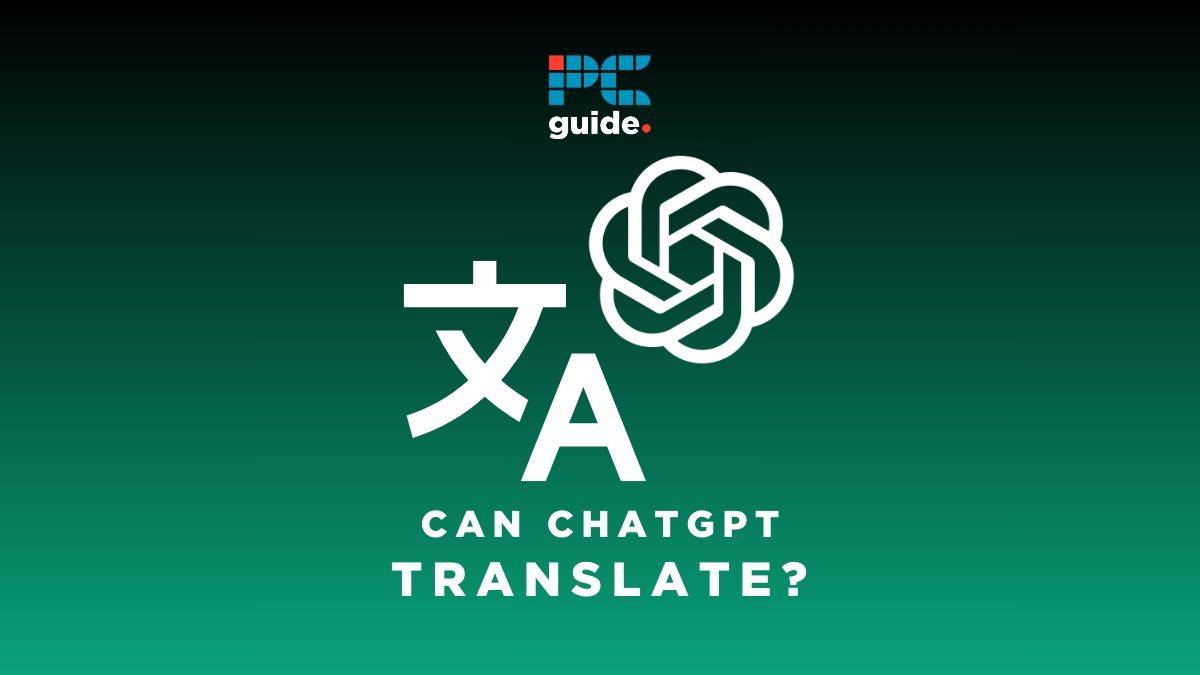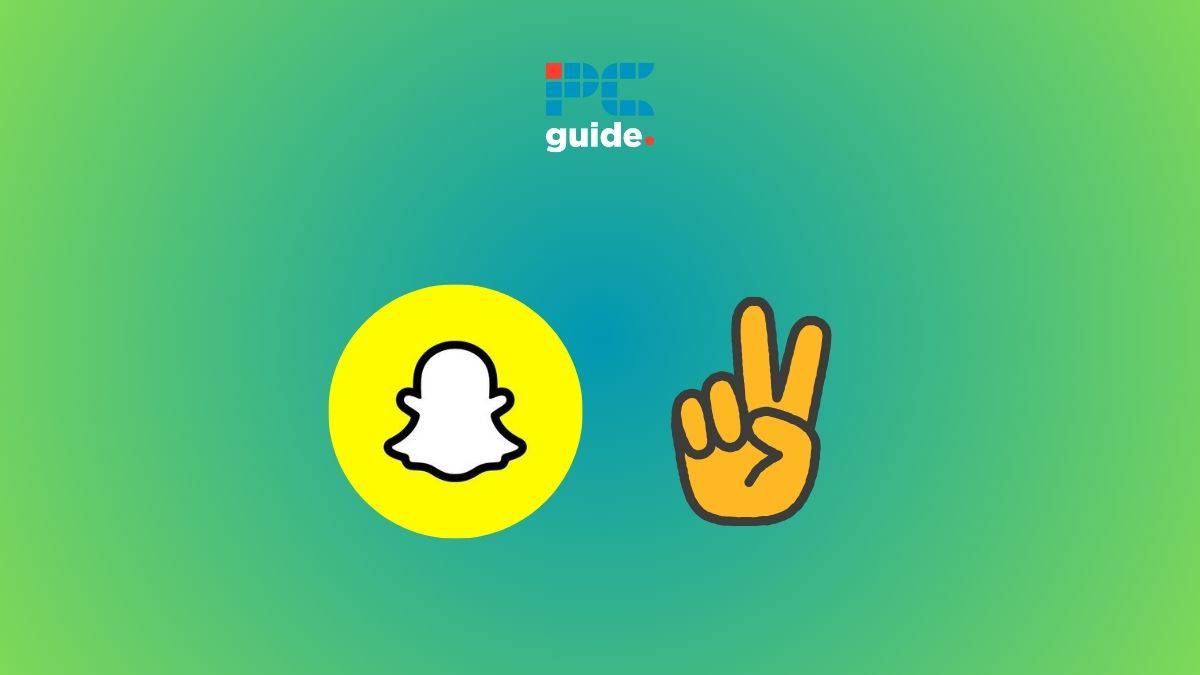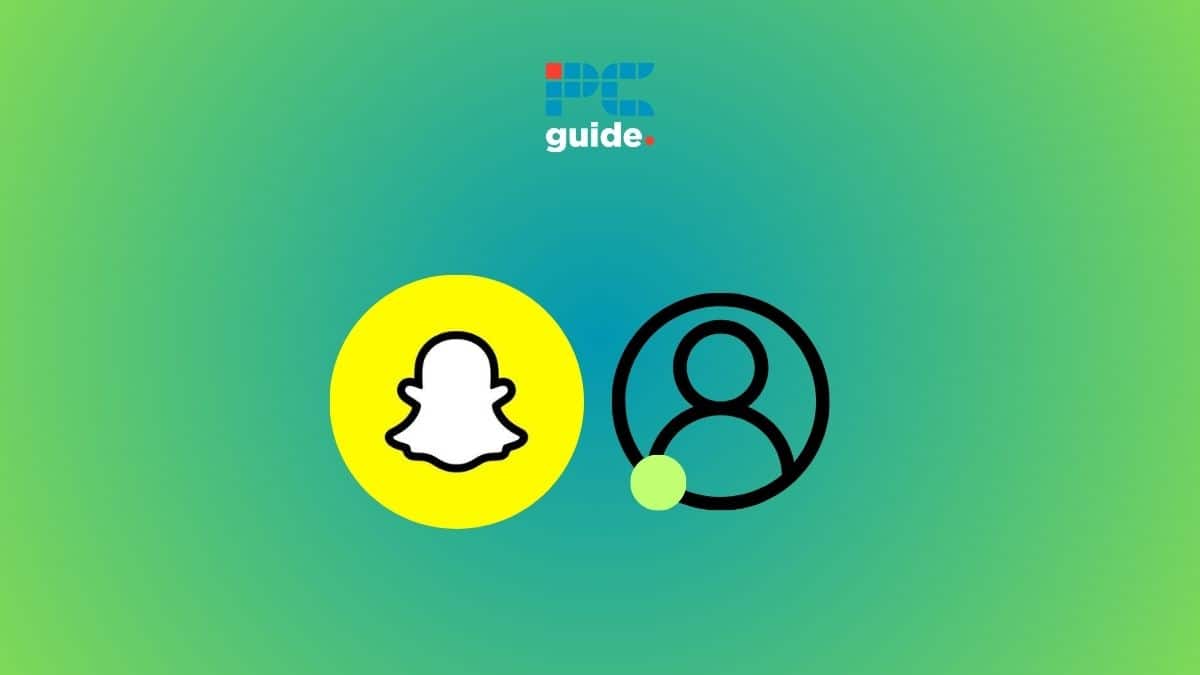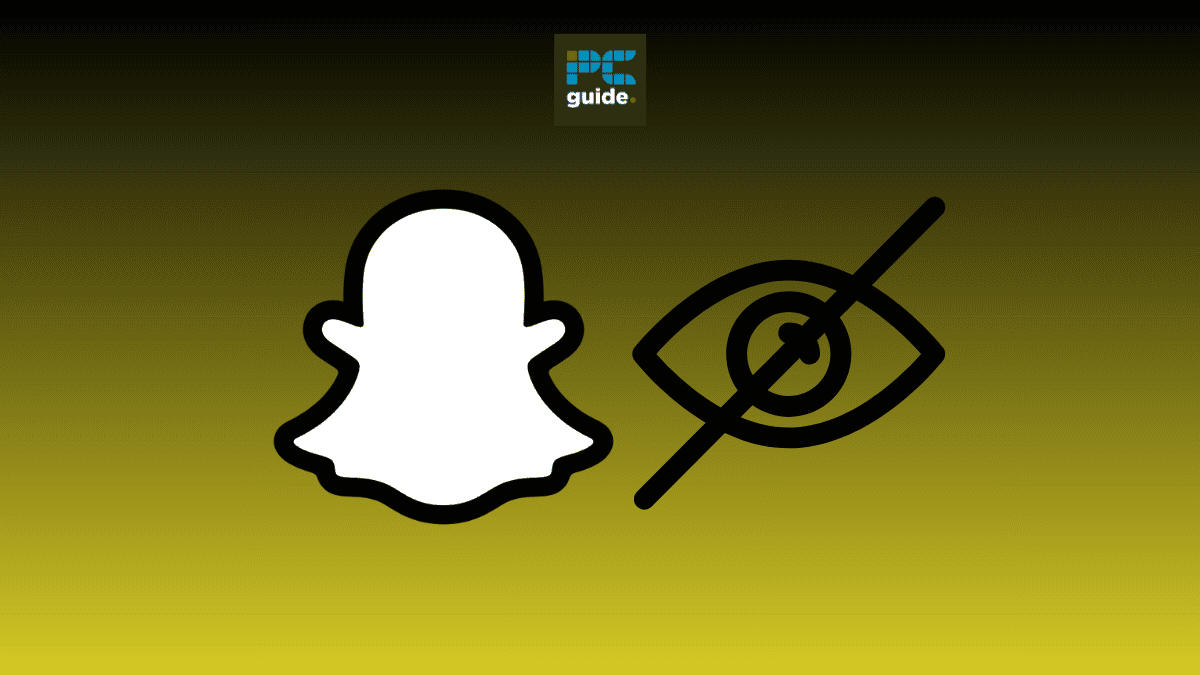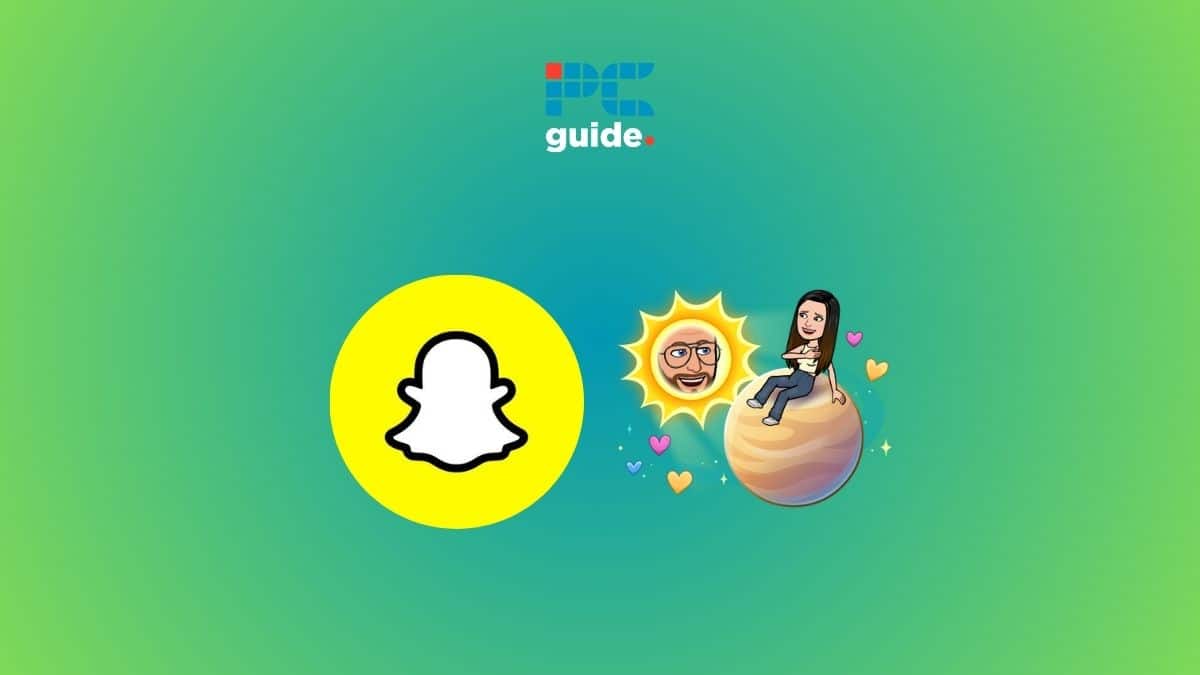ChatGPT (Generative Pretrained Transformer) is a language model developed by OpenAI that uses deep learning techniques to generate humanoid responses to natural language inputs. With such comprehensive training data in multiple dialects, can ChatGPT translate between them?
Can ChatGPT translate?
Yes, ChatGPT can translate between human languages as well as programming languages. With simple prompts, you can tell an AI chatbot your specific needs and receive free translation services. Currently, the service supports at least:
- English (English)
- Spanish (Español)
- French (Français)
- Albanian (Shqip)
- German (Deutsch)
- Portuguese (Português)
- Vietnamese (Tiếng Việt)
- Italian (Italiano)
- Dutch (Nederlands)
- Hindi (हिन्दी)
- Ukrainian (Українська)
- Russian (Русский)
- Arabic (العربية)
- Chinese (中文)
Does ChatGPT work in all languages?
No, ChatGPT cannot translate all human languages. You might have heard there are roughly 200 languages in the world, however this only accounts for Indo-European origin. The true number is well over 7,000 languages actively in use today, albeit with over 90% used by fewer than 100,000 people. OpenAI’s chatbot is well-trained in the world’s most used languages and can understand idioms and regional differences, impressing linguists to the point of becoming a top player in the translation industry.
Essential AI Tools

Content Guardian – AI Content Checker – One-click, Eight Checks
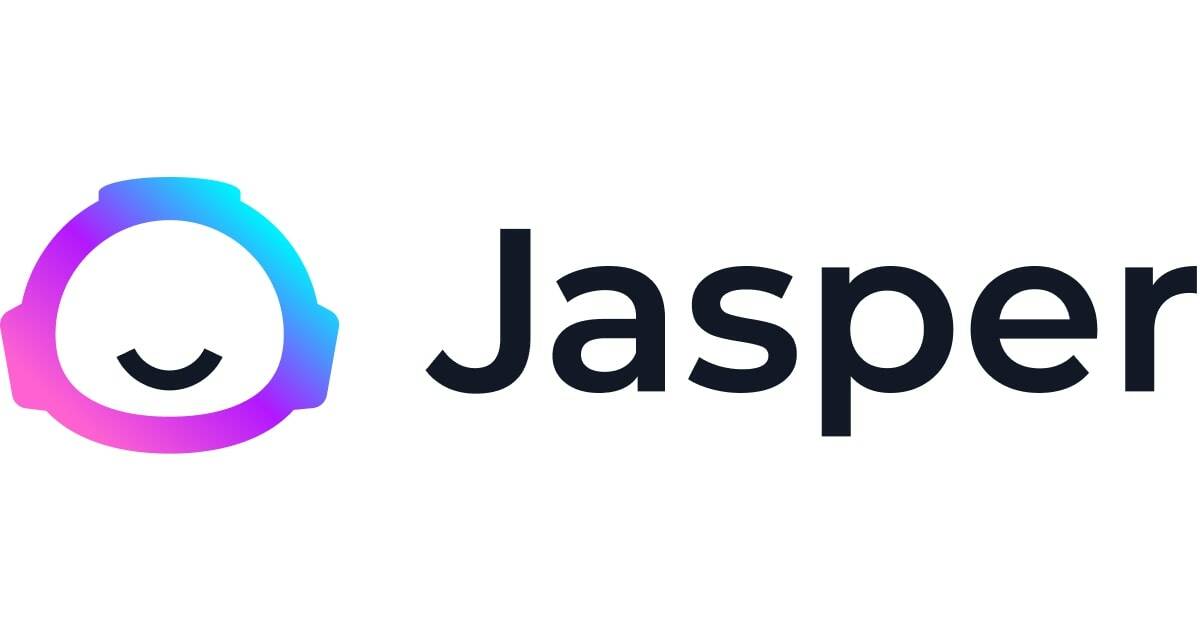
Jasper AI

WordAI

Copy.ai
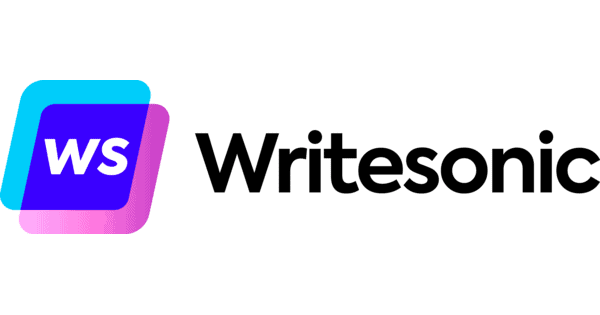
Writesonic
In order for ChatGPT to translate between languages, or even understand inputs in that language, it must have been included in the language model training data. The task of supplying enough high-quality text data to train a model in a new language is too expensive to be viable for the world’s least spoken languages, and unnecessary for languages whose users can’t access the internet or ChatGPT. However, adaptability between the world’s most spoken languages is a key focus at OpenAI.
Is ChatGPT 4 better at translating?
Yes, OpenAI’s GPT-4 model is better at translating than the prior version, GPT-3.5. The latest model, GPT-4 Turbo, is better still. All of these models are available through ChatGPT today, with the latter being free to use. This means that to get the best translations from an AI chatbot, you’ll need to subscribe to OpenAI’s paid plan called ChatGPT Plus.
What is Chat GPT Translation?
Chat GPT Translation is the ability of the language model to translate text from one language to another. It uses deep learning algorithms to understand the meaning of the text in the source language and generate an accurate translation in the target language.
Chat GPT Translation can translate between various languages, including English, Spanish, French, German, Chinese, Japanese, and others.
How Does ChatGPT Translation Work?
ChatGPT Translation uses a neural network to learn the patterns and structures of language. It is trained on a massive amount of text data in multiple languages, which allows it to understand the nuances of different languages and translate accurately.
When translating text, ChatGPT breaks down the text into smaller units, such as words or phrases, and then uses its neural network to generate the translation based on the context and meaning of the text.
Accuracy of ChatGPT Translation
Yes, you can reliably use ChatGPT to translate between languages. Machine translation as a technology has come a long way since Google Translate was introduced in April 2006. ChatGPT translations not only rival Google in terms of ChatGPT’s translation quality, but also the advanced ability to translate between programming languages.
The translation capabilities of an LLM (Large Language Model) through an AI chatbot like Google Bard or Bing Chat could put a professional translator out of business.
Is ChatGPT good at translation?
ChatGPT is a good translator and competes with other more specialized services in commercial machine translation. The accuracy of ChatGPT Translation is very high. It can generate translations that are almost as good as human translators.
In fact, in some cases, ChatGPT Translation can generate more accurate translations than human translators. However, ChatGPT translation is imperfect; the translations may have errors or inaccuracies like all translation tools.
Limitations of ChatGPT Translation
ChatGPT Translation has some limitations. It may not always be able to capture the nuances and cultural references of the source text, which can result in inaccurate translations.
Furthermore, it may be unable to translate specialized or technical terminology accurately. ChatGPT Translation may also struggle with languages with complex grammar structures or significantly different from the languages it was trained on.
Using ChatGPT Translation
ChatGPT Translation can be a useful tool for individuals and organizations that need to translate text from one language to another. It can translate emails, documents, websites, and other text types.
ChatGPT Translation can communicate with people who speak different languages, which can be useful globally.
Challenges for ChatGPT Translation
There are some challenges for ChatGPT Translation. One challenge is the availability of training data. ChatGPT Translation relies on large amounts of training data to generate accurate translations, and for some languages, there may not be enough data available.
Another challenge is the potential for bias in the training data. If the training data is unfair towards a particular language or culture, the translations generated by ChatGPT may be partial.
Future of ChatGPT Translation
ChatGPT Translation is a rapidly evolving technology, and many exciting developments are on the horizon. One area of research is the development of multilingual models. As a result, it can translate between multiple languages without the need for separate models.
Another area of research is the integration of ChatGPT Translation with other AI technologies. This includes speech recognition and natural language processing.
Conclusion
In conclusion, Chat GPT Translation is a powerful tool for translating text from one language to another. It can generate translations that are almost as good as human translators. Therefore, it can be helpful for individuals and organizations to communicate across languages.
However, ChatGPT Translation has some limitations; it is vital to know them when using the tool. Nonetheless, ChatGPT Translation is a rapidly evolving technology, and many exciting developments are on the horizon.


